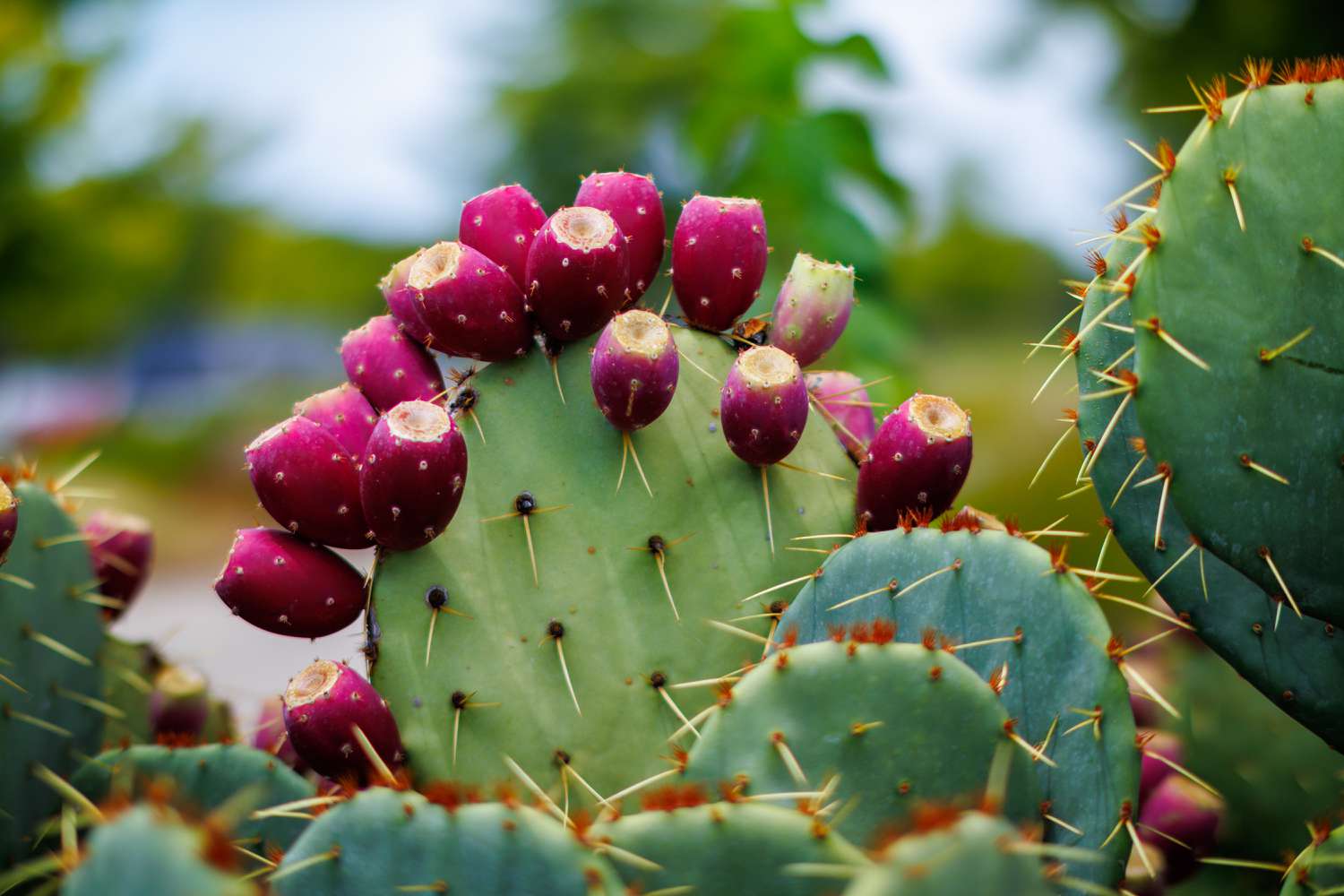
Prickly pear cactus isn't just a desert plant; it's a marvel of nature with some surprising secrets. Ever wondered why this spiky plant is so popular? Prickly pear offers more than just a prickly exterior. From its vibrant flowers to its edible pads and fruits, this cactus is a treasure trove of benefits. Did you know it can thrive in extreme conditions and still provide food and medicine? Prickly pear cactus has been used for centuries by indigenous peoples for its healing properties. Ready to learn more about this incredible plant? Let's dive into 20 fascinating facts that will leave you amazed!
Key Takeaways:
- Prickly pear cactus, with its spiky pads and vibrant flowers, has a rich history and offers health benefits. It's not just a plant; it's a symbol of resilience and versatility.
- From its use in ancient cultures to its environmental impact, the prickly pear cactus is a fascinating and valuable plant. It thrives in arid conditions, offers practical uses, and plays a crucial role in history.
What is a Prickly Pear Cactus?
The prickly pear cactus is a fascinating plant known for its unique appearance and surprising versatility. Native to the Americas, this cactus has spread to various parts of the world. Let's dive into some intriguing facts about this spiky wonder.
- The prickly pear cactus belongs to the genus Opuntia.
- It has flat, rounded cladodes (pads) instead of leaves.
- These pads are covered in spines and tiny hair-like structures called glochids.
- The cactus produces vibrant flowers in colors like yellow, red, and purple.
- Its fruit, known as "tuna," is edible and often used in cooking.
Prickly Pear Cactus in History
This cactus has played a significant role in various cultures throughout history. Here are some historical facts that highlight its importance.
- Ancient Aztecs used prickly pear cactus for food, medicine, and dye.
- The cactus is featured on the Mexican flag, symbolizing the founding of Tenochtitlan.
- Spanish explorers introduced the cactus to Europe in the 16th century.
- In the Mediterranean, it became a crucial food source during famines.
- Indigenous peoples in North America used the cactus for its healing properties.
Nutritional and Medicinal Benefits
The prickly pear cactus isn't just a pretty plant; it also offers numerous health benefits. Let's explore some of these advantages.
- Prickly pear fruit is rich in vitamins C and E.
- The pads contain dietary fiber, which aids digestion.
- Consuming the cactus can help regulate blood sugar levels.
- It has anti-inflammatory properties that can reduce swelling.
- The fruit's antioxidants help combat free radicals in the body.
Environmental Impact and Uses
This resilient plant has a significant impact on its environment and offers various practical uses. Here are some interesting facts about its ecological and practical roles.
- Prickly pear cactus can thrive in arid conditions, making it a valuable plant in desert ecosystems.
- It helps prevent soil erosion by stabilizing the ground with its roots.
- The cactus is used as a natural fence to keep livestock contained.
- In some regions, it serves as a forage crop for animals during droughts.
- The pads can be used to make a natural dye for textiles.
The prickly pear cactus is more than just a spiky plant; it's a symbol of resilience, history, and versatility.
The Prickly Pear's Unique Charm
Prickly pear cacti aren't just desert plants; they're fascinating survivors with a lot to offer. From their nutritious fruit to their medicinal properties, these cacti have been valuable to humans for centuries. They thrive in harsh conditions, showcasing nature's resilience. Their vibrant flowers and distinctive pads make them a striking addition to any landscape. Plus, their ability to conserve water and prevent soil erosion highlights their environmental importance. Whether you're interested in their culinary uses, health benefits, or ecological role, prickly pears are worth your attention. Next time you see one, remember there's more to this spiky plant than meets the eye.
Frequently Asked Questions
Was this page helpful?
Our commitment to delivering trustworthy and engaging content is at the heart of what we do. Each fact on our site is contributed by real users like you, bringing a wealth of diverse insights and information. To ensure the highest standards of accuracy and reliability, our dedicated editors meticulously review each submission. This process guarantees that the facts we share are not only fascinating but also credible. Trust in our commitment to quality and authenticity as you explore and learn with us.


